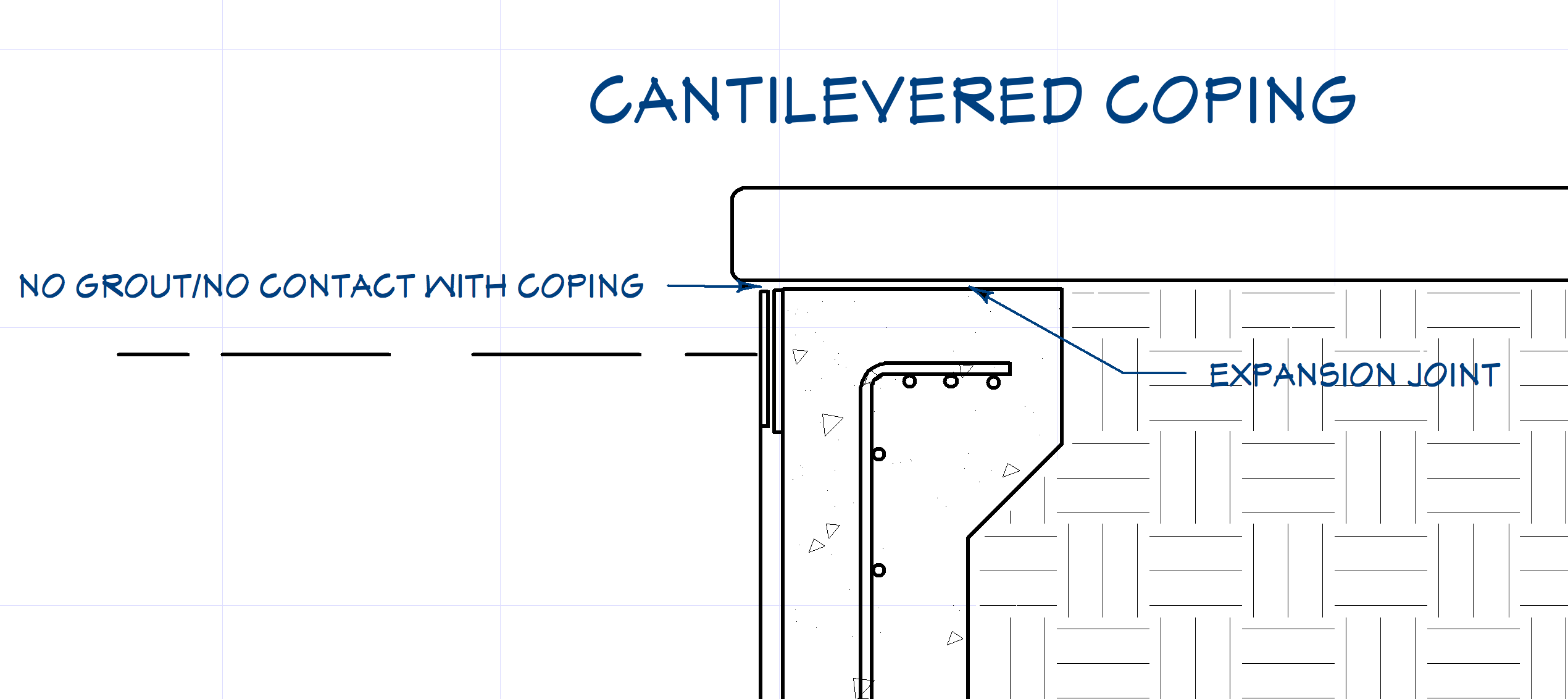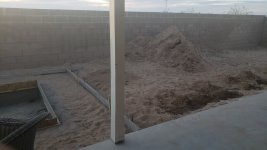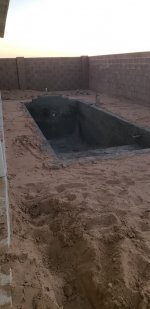OK, so new construction. Their claim is that the deck pitched up at the beam of the pool. I have exactly that issue, but it's a 37 year old pool & we have expansive clay soils that have moved a lot due to the droughts the past 15 years.
In new construction, that's unacceptable.
Again, from you photos, it would be hard for me to argue that the tile is "out of level". The water surface is (and always will be) level. It is the one thing you can count on to be level. So there is no need to break out a spirit level to check the tile. Just go around and measure the distance from the surface of the water to the top of the tile (not to the deck / coping, to the tile). If that is within 1/4", then the tile is level.
The more concerning thing to me would be that SOMETHING is out of level. Either the deck/coping, the pool shell itself (beam). From the photos, it doesn't appear the culprit is the tile.
To know what it is, we'd need to see underneath that big plug of mastic. Is the deck up off the beam? Or is the deck on the beam and the gap between the tile and the top of the beam is that big?
They are not supposed to tile right up to the coping. The top of the tile should end just below the top of the beam, and a mastic fills between the top of the tile and the coping / deck.
So if the tile is within 1/4" (can't tell just by looking at photos, but it doesn't look too off to me), then the issue is that corner--either the deck sank away from the pool, pitching it up off the beam, or the beam was not level to begin with. Either of those are much bigger issues IMO.
See Structure #3 on page 44 in your document.
My guess is the deck pitched away, there was a large gap, and about the only thing the tile guys could do cosmetically was to fill it with mastic. They cannot tile right up to the deck, and they cannot put their tile over empty space. It would be sure to fall off in short order. What they likely did (what I would do) is setup a laser level to strike a line for the bottom of the tile and tiled off of that. That would guarantee the tile is level. If you then have a big gap at the top, the only thing they can do is fill with mastic--something that is not going to push the tile off the wall if/when the deck moves again.
I agree with you that the appearance of the concrete work for the deck looks sub-par. I see a pretty wobbly expansion joint that tells me they didn't use a square and a straightedge when striking it.
If it is the deck, then the good thing is that the pool is likely level and the tile is likely level. The bad news is there is not much I could see in that document that gives you a lot of recourse. Did they show you examples of work? That is the only thing I saw where you would have a good case to make them come and demo / re-pour the deck.
It would make me angry too--that's just poor workmanship to have the soil pull away from the decking right after building and the deck pitching.
If it is the pool being unlevel, then it's even worse.
But you need to know what is under that mastic patch. Concrete? Or air?














